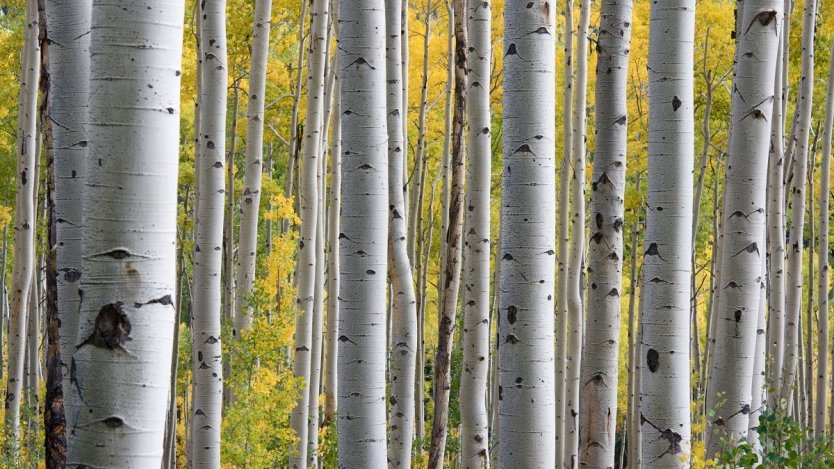Few ingredients are more synonymous with Canadian cuisine than maple syrup, but just as the maple syrup harvest season starts to slow down in the spring, chefs across the country quietly celebrate the first flow of another great Canadian syrup; birch syrup.
Similar to maple syrup, birch syrup is harvested from tree sap, which is then concentrated into syrup through heat-driven evaporation. Due to the high fructose content of birch sap, however, instead of the usual 40 litres of sap needed to produce one litre of maple syrup, birch syrup requires a ratio of roughly 100-150 litres of sap per litre.
In terms of flavour, the two syrups are worlds apart. Unlike its sweet vanilla and caramel-leaning counterpart, birch syrup is darker, stronger, and richer in flavour with notes of molasses, brown sugar, honey, and licorice, with a spicy, balsamic aftertaste.
As a result, instead of pouring it over pancakes, you’ll often find chefs using birch syrup to balance the acidity in sauces, marinades, salad dressings, and glazes.













